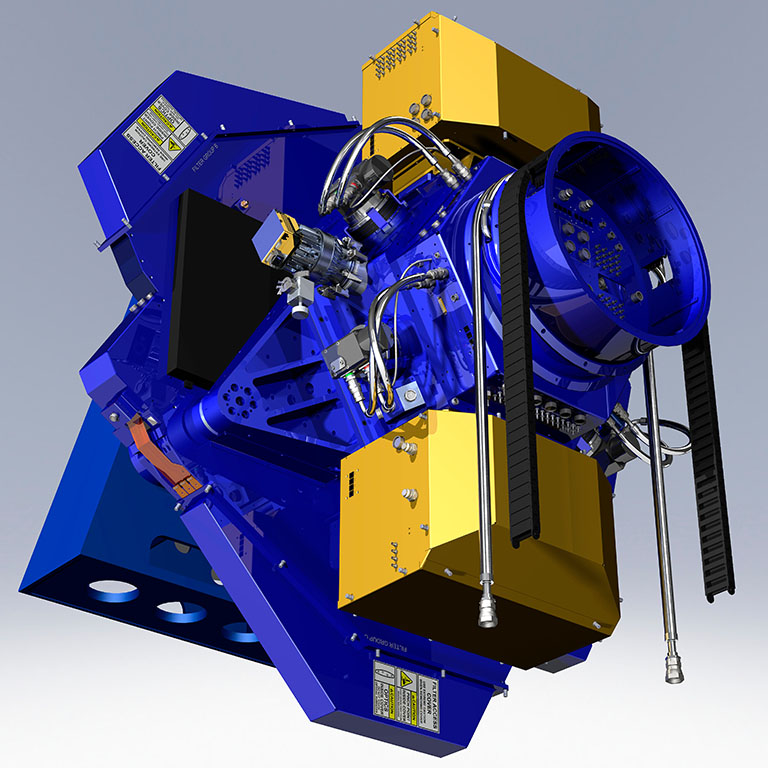IU Astronomers actively explore how galaxies have evolved through the history of the Universe, focusing both on star formation and chemical abundances. Observations span the range from radio wavelengths to infrared (IR), optical, and ultraviolet (UV) portions of the spectrum, making use of both new observations and archival data.
With the One Degree Imager on the 3.5-meter WIYN telescope, John Salzer and his students are carrying out the Star Formation Across Cosmic Time (SFACT) survey using narrow-band filters to detect galaxies with strong emission lines indicating active star formation. The galaxies’ relative brightness in different filters allows them to estimate the galaxies’ redshift and follow-up spectroscopy enables them to determine the galaxies’ compositions and stellar populations. The combination of large collecting area and good image quality with the WIYN telescope allows Salzer’s team to detect emission line galaxies to r ~ 25 magnitudes. At this depth, each narrow band filter is sensitive to a range of emission lines (Hα, [O III], [O II], Mg II, Lyα), which means they simultaneously probe several redshift windows with each exposure. From their data, they can measure the star formation rate density out to a redshift of z = 1 with unprecedented precision.
One group of galaxies detected in the SFACT survey are known as “Green Pea” galaxies due to their distinctive color in broad-band filters. Green Peas are compact, star-forming galaxies with strong, high-excitation emission lines, low metal abundances, and extremely high star formation rates. They are also among the only galaxies in the nearby universe that have been observed to be emitting Ly continuum photons that escape their host galaxy. This makes them likely analogs of the types of star-forming galaxies that ionized the universe billions of years ago. Graduate student Samantha Brunker has been carrying out a comprehensive study of the properties of two specific samples of Green Peas, examining their local environments and obtaining ultraviolet spectroscopy with the Hubble Space Telescope to examine their Lyα emission and search for escaping Lyman continuum emission.


 The College of Arts
The College of Arts